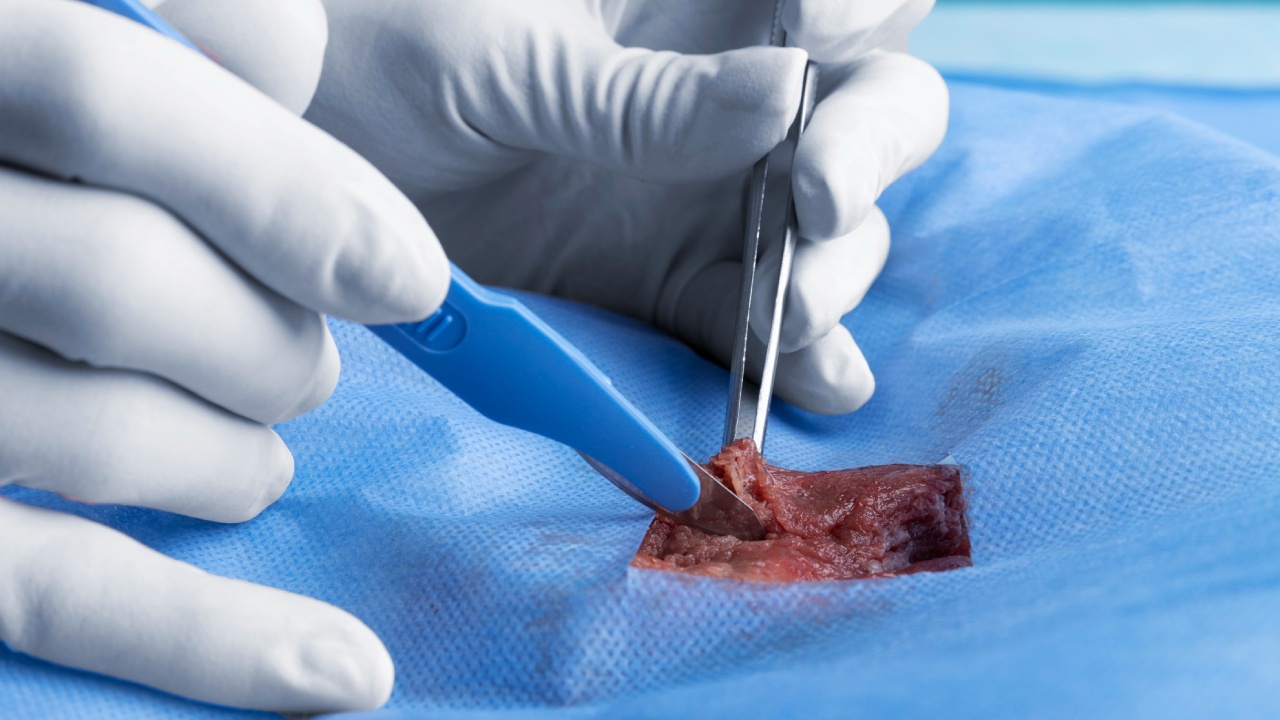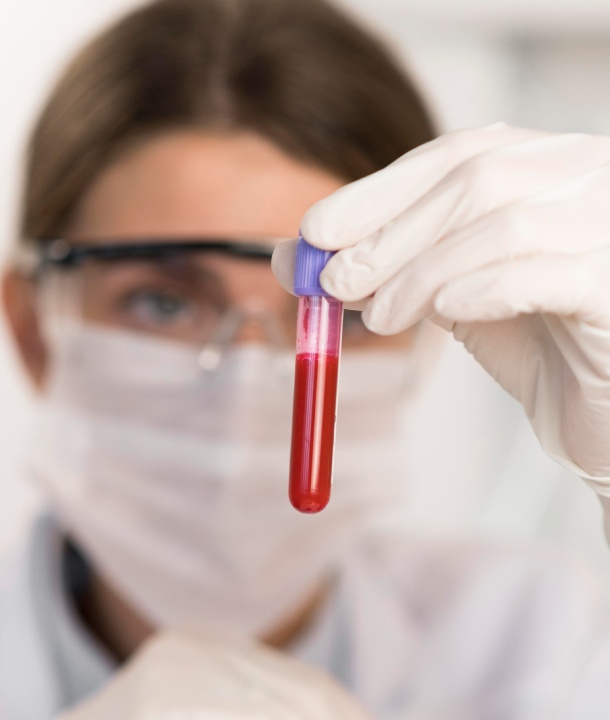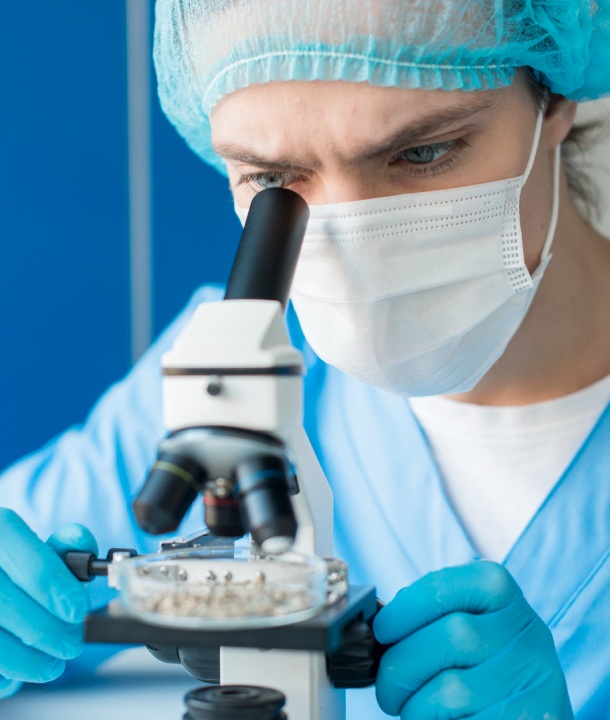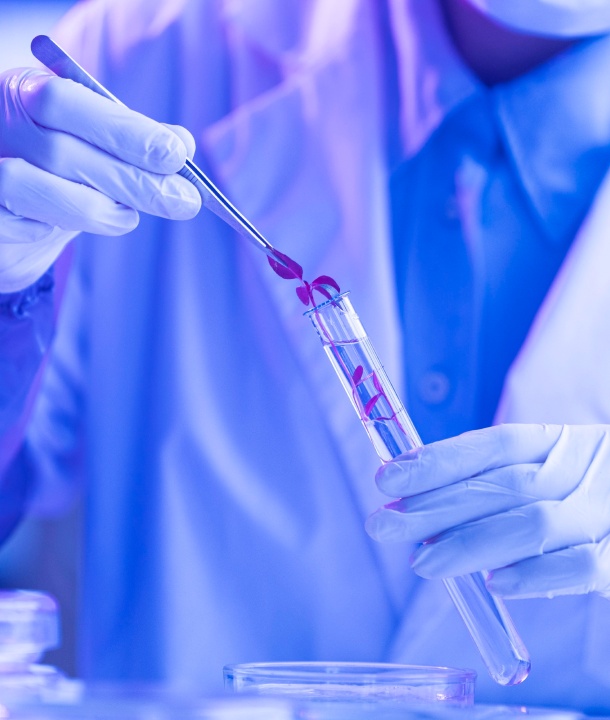Testicular Biopsy
Infertility is on the rise. According to the United Nations, there was a worldwide average of 5 children per woman in 1950, but by 2020, that ratio had dropped to 2 children. Infertility affects 48 million couples and 186 million people globally, according to estimates.
Book AppointmentWhat is Testicular Biopsy?
When there are few or no sperm in the ejaculate during medically assisted reproductive treatments, testicular biopsy is performed to look for sperm from within the testicles. The process entails taking tissue samples from the testicles in order to diagnose any testicular pathology that may be resulting in a low or nonexistent sperm count as well as to collect sperms for use in fertility treatment.
When is the test finished?
When the semen study reveals an extremely low sperm count, a testicular biopsy is typically recommended. Some patients experience fertility issues as a result of aberrant sperm production or blockage in the testicles, which can be identified and addressed via biopsy. The only application for the sperm obtained after testicular biopsy is intracytoplasmic sperm injection (ICSI).
How are testicular biopsies performed?
A testicular biopsy can be performed using three techniques: Open biopsy (TESE), which requires a surgical incision to collect tissue;Microscopic Testicular Sperm Extraction (microTESE), a less invasive method using a microscope for precise sampling; and Percutaneous Testicular Sperm Aspiration (TESA), which extracts sperm with a needle without making an incision.
What are the results of this examination?
The results could show how the aberrant sperm development or blocking caused the issue. After a testicular biopsy, intracytoplasmic sperm injection therapy typically solves the issue. Sometimes it may be necessary to freeze and store the retrieved sperm for later usage.
Conclusion
It is feasible to harvest sperm from within the testes in cases of severe male infertility caused by an extremely low sperm count or no sperm at all. Even though these sperm are typically in the early stages of development, intracytoplasmic sperm injection can nonetheless fertilise the egg.












